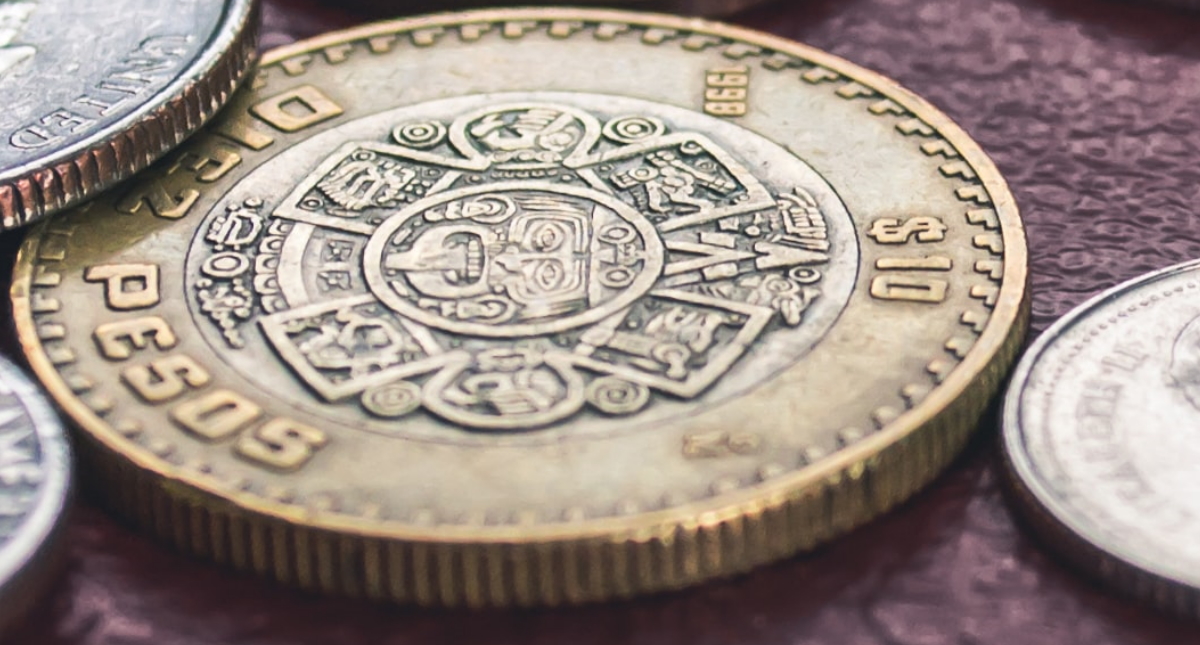the Mexican currency He finished the year with a B Record appreciation against the dollar by about 13 percent, making it one of the best-performing emerging currencies, a phenomenon that specialists call “superweight” and attribute, in large part, to the phenomenon of “chain shifting” or “getting closer to shore.”
he Mexican peso This last day ended in 16.96 units per US banknote, at a valuation of 12.89 percent compared to the rate of 19.47 on the first business day of the year, January 2, according to the official closing data of the Bank of Mexico (Banxico).
This is “the largest annual rise on record since we had a free-floating exchange rate system,” Gabriela Siler, director of economic analysis at Banco Base, said in a report shared with the media.
With this, the Mexican currency “is set to close 2023 as the second most valued currency in the broad basket of major currencies, after only the Colombian peso,” added Jesús Anacarces Lopez, an analyst at the same institution.
rise of Mexican peso This year is almost double the previous record of 7.7 percent in 2012.
Analysts agree that one of the main factors behind the Mexican currency's rise is “inshoring,” a phenomenon that has boosted foreign direct investment, which hit a record high of about $33 billion in the first three quarters of the year. With an annual increase of 30 percent.
“(There was) an expectation of a future increased supply of dollars in Mexico, due to growth in exports and foreign direct investment, given the opportunity to ‘get closer to the outside,’” Seller explained.
the Estimate weight This also happened in the face of dollar inflows exportsWhich grew by 2.9 percent year-on-year to $543.762 million in the first eleven months of the year, according to data from the National Institute of Statistics and Geography (INEGE).
And also for him Transfer history Mexico received it, reaching $52.888 million in the first 10 months of the year, a year-on-year increase of 9.4 percent, according to Banxico figures.
Finally, analysts highlighted the difference in interest rates between Mexico, where the central bank kept them at a record level of 11.25 percent, and the United States, where the Federal Reserve set them at 5.25 percent to 5.5 percent.
The Mexican government is proud of its “super weight”
president Andrés Manuel Lopez Obrador He attributed the rise in the value of the peso to Macroeconomic stability This is what his government maintained, according to him.
“Look at that. When was that seen? This is for the same reason, because the country is very attractive for investment. When did you see each other?” the president said in his morning press conference on Thursday.
The International Monetary Fund revealed this month that Mexico is now the world's second-largest economy.
Mexico's GDP grew by 3.3 percent year-on-year and 1.1 percent quarter-on-quarter in the third quarter of 2023, accumulating a 3.4 percent increase for the year.
With information from EFE





